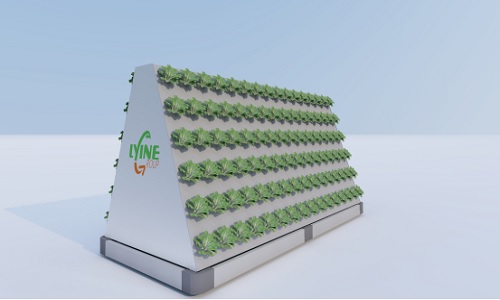With the continuous growth of the global population, the demand for food is also continuously increasing. However, traditional agriculture faces multiple challenges such as land resource scarcity, environmental pollution, and climate change. In this context, hydroponic agriculture emerged as the key to future agricultural development. Spain, as a major agricultural country, has actively explored and developed vertical hydroponic agriculture to meet future challenges.
What is vertical hydroponic agriculture?
Vertical hydroponic agriculture refers to planting crops on vertical layers and using hydroponic planting equipment to complete crop growth using hydroponic techniques. It does not rely on traditional land cultivation, but uses water and nutrient solutions to provide the necessary nutrients for plant growth. Factors such as light, temperature, and humidity can be manually controlled to maximize crop growth efficiency.
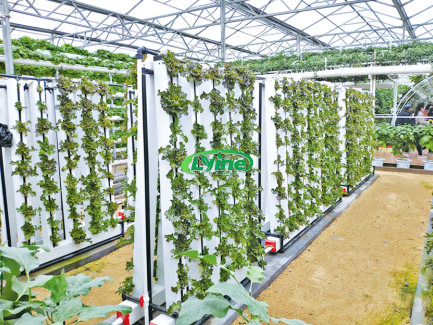
Advantages of vertical hydroponic agriculture:
1. Maximize the use of limited land resources: Spain is one of the smallest countries in Europe with limited land resources. Vertical hydroponic agriculture can maximize planting space and plant crops through vertical stacking. This agricultural method is not limited by geographical location and soil quality, and can be carried out in different places such as cities and rural areas.
2. Reduce the use of water and fertilizers: Traditional agriculture suffers from waste and overuse of water and fertilizers. Vertical hydroponic agriculture uses a recycling system that minimizes water usage by reusing water and nutrient solutions. In addition, by precisely controlling the proportion of nutrient solution, the use of fertilizers can be reduced, reducing environmental pollution.
3. Improving yield and quality: Vertical hydroponic agriculture can achieve continuous production throughout the year, free from seasonal and climatic constraints, greatly improving crop yield and quality. Due to precise control of crop growth environment, optimal growth conditions can be achieved and high-quality agricultural products can be provided.
4. Reduce food transportation and early harvesting: Vertical hydroponic agriculture can set up farms in urban centers or surrounding areas, reducing the transportation distance of food. In addition, vertical agriculture can be carried out in a state of picking at any time, thereby maximizing the preservation of crop freshness and nutritional value.
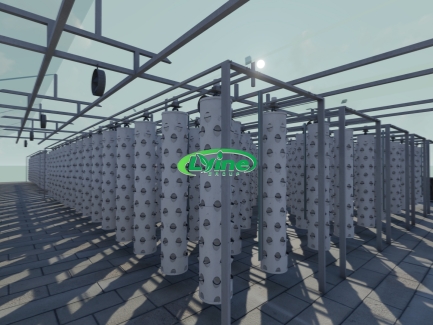
At present, hydroponic agriculture has been applied to indoor farms and greenhouses, and some people even try to use small hydroponic planting equipment (such as tower systems, ZIP hydroponic systems) to carry out indoor hydroponic agriculture. Vertical hydroponic agriculture, as the key to future agricultural development in Spain, can effectively solve regional problems, reduce resource waste, improve yield and quality, and reduce food transportation costs. With the vertical development of Spanish agriculture, people can be confident that the future food supply will be more sustainable, efficient, and environmentally friendly.



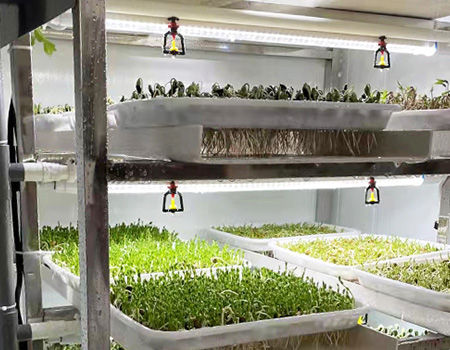
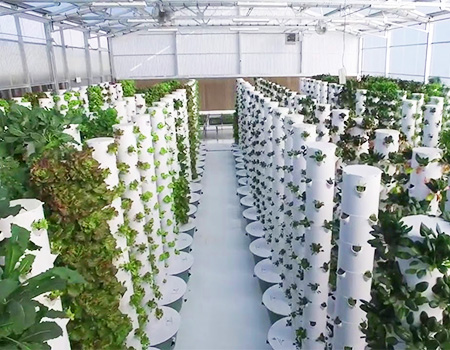
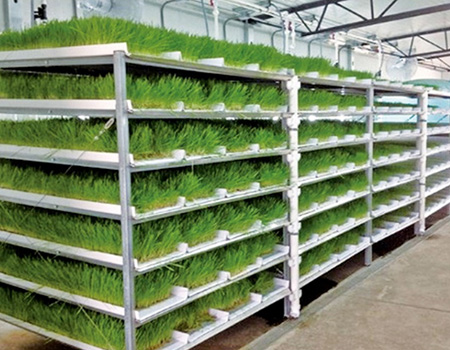

.jpg)
